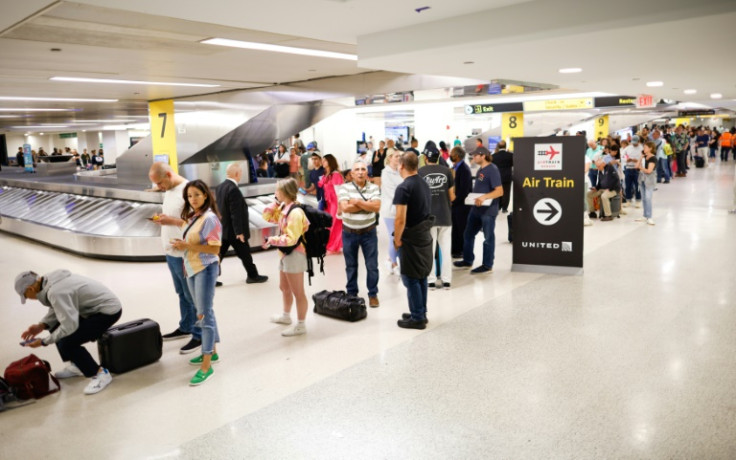Megahubs 2023: Malaysia Has Asia's Most Connected Airport; MNL Rises From 29th To Top 15

KEY POINTS
- Malaysia's KUL was 12th globally in 2019, but it rose to Top 4 this year
- Philippines' MNL is No. 6 in Asia and No. 3 in the global ranks for low-cost flight providers
- Four other Asian airports made it to the Top 20 this year
Malaysia has been recognized for having Asia's most internationally connected airport. The same airport is also ranked 4th globally in international connectivity. But another big story is the Philippines' lofty jump to the 15th spot globally.
Malaysia's Kuala Lumpur International Airport (KUL) is Asia's most internationally connected airport, according to the recently-released Megahubs Index 2023 by aviation data firm OAG, which tracks flight connections around the world and ranks the world's top 50 connected airports.
Before the pandemic, KUL was ranked 12th globally. In this year's ranking, Malaysia's busiest airport located in the Sepang District of Selangor jumped to the 4th spot globally. It is also the world's No. 1 in the low-cost carrier category, with AirAsia as its dominant carrier.
Globally, Malaysia's KUL is only behind the Netherlands' Schiphol Amsterdam Airport (AMS) in 3rd place, the U.S.'s John F. Kennedy International Airport (JFK) in 2nd place and the United Kingdom's London Heathrow Airport (LHR) at the top spot.
Malaysia isn't the only Southeast Asian country that made a statement in this year's international connectivity ranking. The Philippines' Ninoy Aquino International Airport (NAIA/MNL) made a 14-spot jump from No. 29 before the pandemic year in 2019 to No. 15 this year.
NAIA/MNL is also Top 3 globally in low-cost flights, trailing behind South Korea's Incheon International Airport (ICN), which got the No. 2 spot.
In Asia, NAIA/MNL is No. 6, with Philippine Airlines (PAL) as its dominant carrier. Japan's Haneda Airport (HND), South Korea's ICN, Thailand's Suvarnabhumi Airport (BKK) and Singapore's Changi Airport (SIN) round up Asia's top five.
Malaysia and the Philippines' dominance in the OAG airport connectivity rankings comes as both airports have been implementing changes to improve their services in recent months.
Late in May, the KUL airport, also known as KLIA, opened state-of-the-art self bag drop (SBD) services for travelers. The SBD solution is provided by German provider Materna IPS and helps minimize waiting times for consumers and also reduces long queues at airport counters.
Over at the NAIA, the management, Manila International Airport Authority (MIAA), said in June that improvements were being fast-tracked to improve immigration processes at the airport. An immigration annex is being constructed at the NAIA Terminal 2 departure area and is expected to be completed by the end of the year.
In two to three years, the MIAA is looking to upgrade taxiways, expand CCTV coverage, replace boarding bridges and chillers and bolster digitization.
Also in this year's global Top 20 from Asia are Japan's HND (5th), Thailand's BKK (11th), Singapore's SIN (13th) and Indonesia's Soekarno-Hatta International Airport (19th).
In the latest analysis of the Southeast Asian aviation market, OAG noted that domestic capacity is still lower than where the market was in September 2019, but international capacity has shown recovery in the past four years and grew by 69% from September 2022.
© Copyright IBTimes 2024. All rights reserved.






















